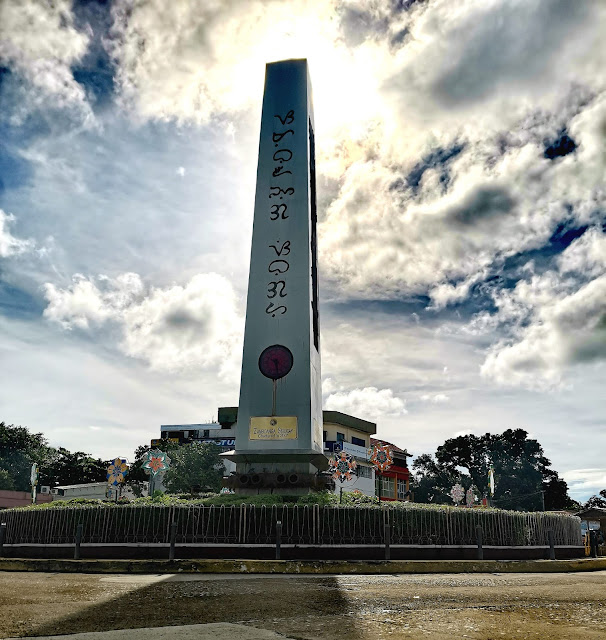Imelda is a municipality situated in the province of Zamboanga Sibugay, Philippines. Named after the infamous Imelda Marcos, the town has a unique history and culture that blend traditional native languages like Subanon, Cebuano, and Chavacano with the national language, Tagalog. As of the 2020 census, Imelda had a population of 26,020, with an area spanning 255.51 square kilometers.
History and Foundation
Imelda was founded on November 11, 1977, and its establishment was significant as it was named after the former First Lady of the Philippines, Imelda Marcos. The decision to name the municipality after her has sparked various discussions and debates due to the controversial legacy of the Marcos family. Imelda Marcos was the wife of the late dictator, Ferdinand Marcos, who ruled the Philippines for over two decades. Her extravagant lifestyle and alleged involvement in corruption and human rights abuses have made her a highly polarizing figure in Philippine history.
Geography and Demographics
The municipality of Imelda is part of the Zamboanga Peninsula region, located in the western part of Mindanao. It falls under the 1st district of Zamboanga Sibugay. The town is characterized by a diverse topography, with elevation ranging from as low as 16 meters above sea level to as high as 454 meters. The varying landscapes contribute to the area's natural beauty and offer opportunities for eco-tourism and outdoor activities.
As of the last census in 2020, Imelda had a total population of 26,020, residing in 6,074 households. With a population density of approximately 100 people per square kilometer, the town maintains a relatively rural atmosphere. The local economy is classified as a 4th municipal income class, indicating a modest level of economic activity.
Government and Leadership
The local government of Imelda is entrusted with managing the town's finances and resources. As of 2020, the municipality had assets valued at ₱368.6 million, while its total revenue was ₱129.5 million. On the expenditure side, the government spent ₱105.3 million, leaving liabilities at ₱117.5 million.
Economy and Challenges
Imelda faces several challenges in its pursuit of economic growth and development. As of 2018, the poverty incidence rate was recorded at 29.28%, indicating that a significant portion of the population struggles to meet their basic needs. Addressing poverty and promoting inclusive growth are critical tasks for the local government to ensure a better quality of life for its residents.
While the town has substantial potential for agriculture, given its vast land area, efforts to modernize farming techniques and develop value chains for agricultural products are needed. Embracing sustainable practices and exploring alternative livelihood options can also contribute to the town's economic diversification and resilience.
Preserving Heritage and Fostering Unity
Despite the controversy surrounding its namesake, the municipality of Imelda is home to vibrant cultural diversity, reflecting the unique fusion of native languages and Filipino culture. Preserving and promoting these cultural aspects can not only strengthen the local identity but also attract tourists interested in immersing themselves in the rich heritage of the region.
Moreover, fostering unity among residents, regardless of political affiliations or opinions, is essential for the town's progress. Emphasizing common goals and shared aspirations can lead to constructive dialogue and cooperation in tackling the challenges ahead.
In conclusion, Imelda, Zamboanga Sibugay, represents a community with a complex history and a promising future. As it moves forward, the municipality can build upon its cultural heritage, invest in sustainable development, and work towards a more inclusive and prosperous future for all its residents. By doing so, Imelda can truly shine as a beacon of resilience and unity in the heart of Zamboanga Peninsula.

